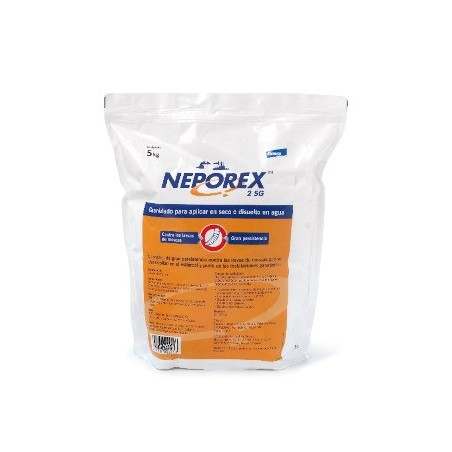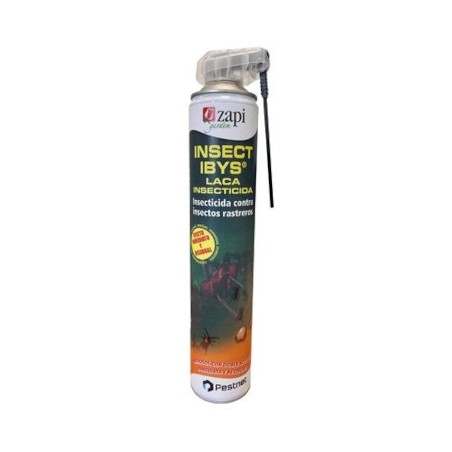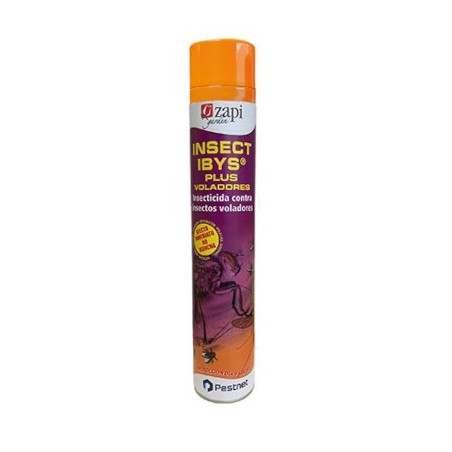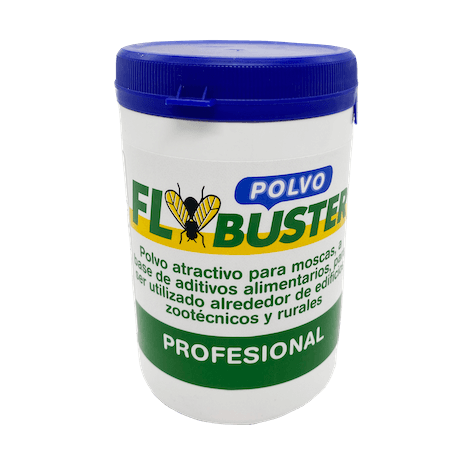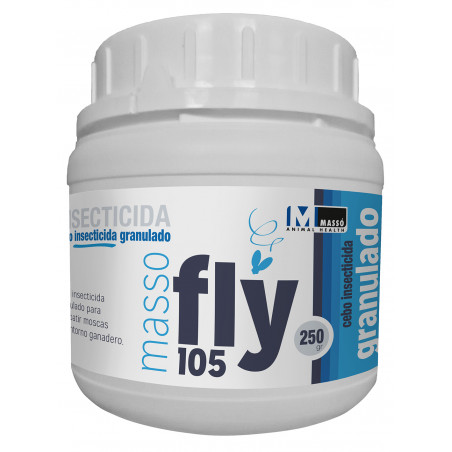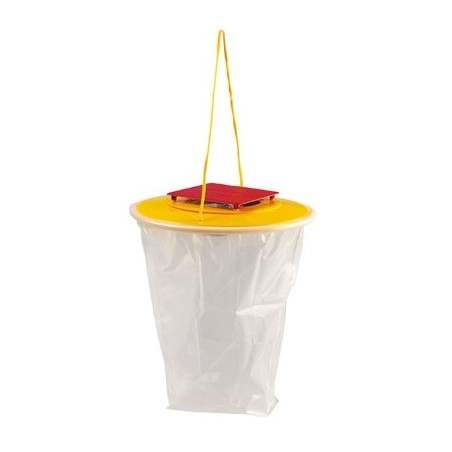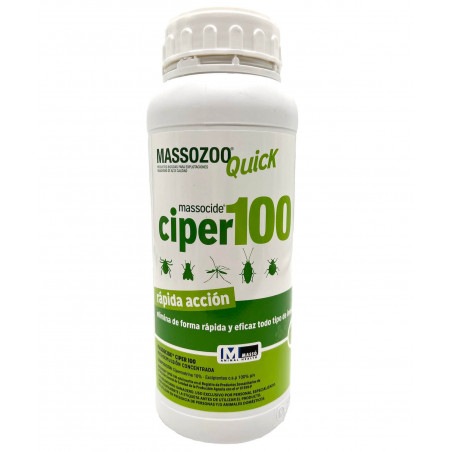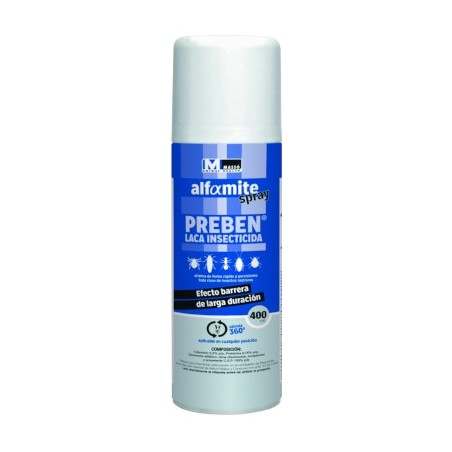The aim of this study was to characterize the potential of pig-associated Diptera flies to carry Lawsonia intracellularis.
For this purpose, on 15 British farms, invertebrate communities were trap-collected (14 per year), counted, and sorted into species groups. Lawsonia serological tests were conducted and total DNA was extracted from pig feces; DNA was also extracted from adult flies, pupae, and larvae samples and viscera of Blatta species. Each DNA sample was tested for L intracellularis by polymerase chain reaction; positive samples were subtyped via specific variable number tandem repeat analysis.

The pig-associated fly community was generally dominated by Musca domestica (house fly; n = 13 farms), but on one farm each, Ophyra species (garbage fly) or Drosophila species (fruit fly) were dominant. Also noted were Muscina stabulans (false stable fly), Stomoxys calcitrans (stable fly), and Eristalis species (hover flies); Blatta orientalis cockroaches were noted on two farms. Lawsonia infections were routinely detected in nursery pigs on 14 farms. On five of 12 Lawsonia-positive farms with Musca-dominant insects, Lawsonia DNA was detected within numerous flies (22% to 75% of fly samples from nursery pens). On two farms, larval forms of Eristalis from pen floors were also Lawsonia-positive. Subtyping indicated that the same Lawsonia isolate occurred within pigs and the pig-associated fly stages (Musca adults and Eristalis larvae). The DNA extracted from cockroach samples, and from other flies, was negative.
Musca and Eristalis flies have the greatest potential to carry and transmit Lawsonia intracellularis due to their pig-associated life cycle stages.
McOrist S, Blunt R, Gebhart CJ. Pig-associated Lawsonia intracellularis in various on-farm dipterous fly stages. J Swine Health Prod. 2011;19(5):277?283.




